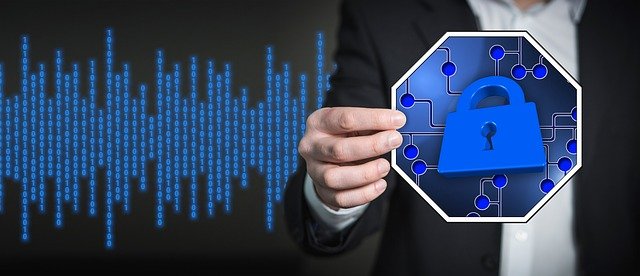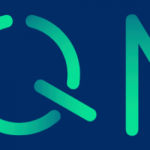Quantum security standards almost ready but have already been attacked

(ElectroPages) Robin Mitchell, an electronic engineer, discusses the NIST’s anticipated release of standards of of different quantum cryptography methods designed to protect against quantum computers. He warns a recent attack done with a standard laptop in a little over 50 hours suggests that more work is needed. What are the dangers of quantum computing, why is quantum computing internet security such a threat to modern encryption, what will the NIST be releasing, and how close are we to a quantum world? IQT-News summarizes Mitchell’s broad discussion below:
In light of the potential impact of quantum computers, the National Institute of Standards and Technology (NIST) will soon announce the public release of multiple encryption methods said to be immune to quantum attacks. These six encryption methods will be broken down into two groups of three, where one half is concerned with key exchange and the other half is concerned with public key signatures. Depending on the implementation complexity, this could provide developers with a set of tools able to defend high-risk applications from future attacks.
However, a recent potential encryption method developed by NIST called “Rainbow” was easily defeated by a team of researchers who, using a modern laptop, were able to crack it within 50 hours. While this demonstration clearly showed that the Rainbow encryption method was not fit for use, it also casts light on whether the new methods being introduced by NIST will also be suitable.
When the new encryption methods by NIST are announced, it is expected that they will be put under high levels of scrutiny from researchers and hackers just to see how secure they really are. After a few years of torture, the new methods will then be pushed to become encryption standards to help protect devices in the future. But considering that there are well over 20 billion devices globally, this may be next to impossible to achieve.
In truth, quantum computers are extremely far away, and while modern research is improving their capabilities, they still face fundamental challenges that prevent them from being used practically. For example, the need for near absolute-zero temperatures prevents their use outside of laboratories. quantum computers are still in their infancy, and while they do have immense potential in the future, they are nowhere near being a threat.
Mitchell writes in his conclusion, “Of course, it doesn’t hurt to prepare for their arrival, as once they are introduced, there will be no turning back.”
Sandra K. Helsel, Ph.D. has been researching and reporting on frontier technologies since 1990. She has her Ph.D. from the University of Arizona.



















